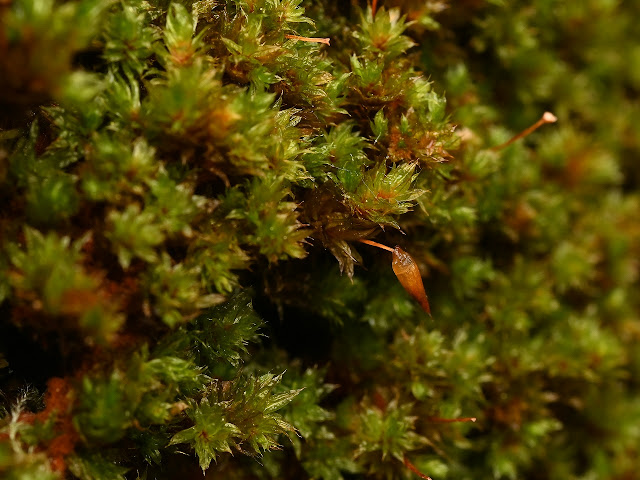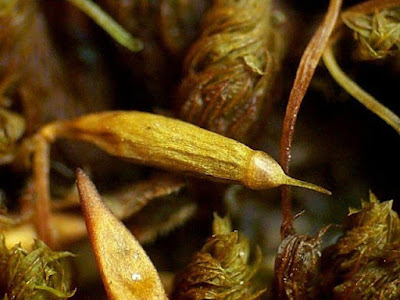
image from: https://www.zhiwutong.com/dan_tu/9/7546.htm
Schlotheimia grevilleana Mitt.: A Fascinating Moss of the Orthotrichaceae Family

image from: https://www.researchgate.net/figure/Schlotheimia-grevilleana-from-Koponen-et-al-53373-a-d-Branch-leaves-e_fig10_242072632
Introduction
Today we’re diving into the wonderful world of bryophytes

image from: https://plantdollar.com/plant/schlotheimia/
to explore a particularly interesting species: Schlotheimia grevilleana Mitt., commonly known as just Schlotheimia. This unique moss is part of the Orthotrichaceae family and has some truly remarkable characteristics. Let’s take a closer look!
Background on Mosses
Before we get into the specifics of S. grevilleana, let’s briefly review what mosses are. Mosses are small, non-vascular plants in the division Bryophyta. Unlike other plants, they lack true roots, stems, and leaves. Instead, they have leaf-like structures called phyllids that absorb water and nutrients. Mosses reproduce via spores rather than seeds and are found in a wide range of habitats worldwide.
Morphology and Identification
Schlotheimia grevilleana forms loose tufts or mats. The stems are creeping to ascending, sparsely branched, and covered in reddish-brown rhizoids. The leaves are oblong-lanceolate, often twisted when dry, with a strong midrib. Leaf margins are entire to minutely crenulate.
One of the most distinctive features is the capsule (spore-bearing structure). Capsules are cylindrical and slightly curved with 8 longitudinal ridges. The peristome (ring of tooth-like structures around the capsule mouth) is double, with the outer teeth reflexed when dry.
Global Distribution and Habitat

image from: https://soyokaze2jp.blogspot.com/2023/05/blog-post_18.html
S. grevilleana has a wide distribution, found in tropical and subtropical regions of the Americas, Africa, and Asia. It typically grows as an

image from: https://www.forestryimages.org/browse/detail.cfm?imgnum=1115153
epiphyte on the bark of trees and shrubs in moist forests and woodlands from lowlands to montane elevations.
Ecological Roles and Adaptations
Like other mosses, Schlotheimia plays important roles in its ecosystem:
- Helps retain moisture and prevent erosion

image from: https://www.forestryimages.org/browse/detail.cfm?imgnum=1115152
- Provides shelter and microhabitats for small invertebrates
- Contributes to nutrient cycling as it decomposes
The moss has several adaptations that allow it to thrive as an epiphyte:

image from: https://kokemusuzukan.jimdofree.com/2020/05/18/モミゴケ/
- Rhizoids help it attach to bark
- Leaves can twist to reduce water loss when dry
- Ridged capsules may aid in spore dispersal
Conclusion
Schlotheimia grevilleana Mitt. is a prime example of how even tiny, inconspicuous organisms like mosses

image from: https://www.nzflora.info/factsheet/Taxon/Schlotheimia.html
can have complex morphologies and important ecological functions. Next time you’re in a tropical forest, take a moment to appreciate the miniature world of mosses like

image from: https://www.paleo-passion.com/ammonites-jurassique/2194-liparoceras-cheltiensis.html
Schlotheimia living all around you on the trees. What other secrets of the bryophyte world remain to be uncovered?

image from: https://botanyprofessor.blogspot.com/2018/02/mosses-of-central-florida-48.html